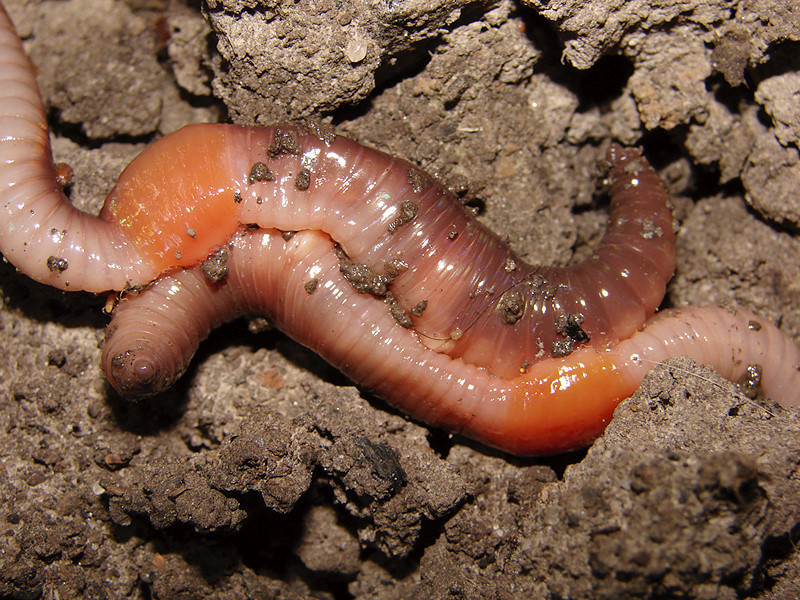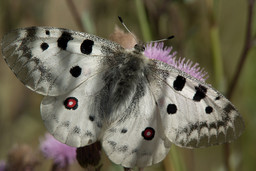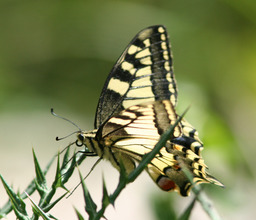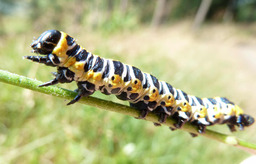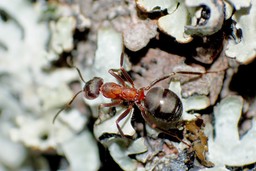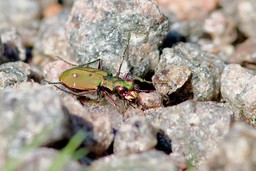38. Invertebrates
How are animals classified?
 The individuals that belong to a same species of living organism are usually quite similar in appearance: they have the same structure and coloring. For example, tortoiseshell butterflies are easily distinguishable from brimstone butterflies. Individuals belonging to the same species can recognize one another and reproduce with one another.
The individuals that belong to a same species of living organism are usually quite similar in appearance: they have the same structure and coloring. For example, tortoiseshell butterflies are easily distinguishable from brimstone butterflies. Individuals belonging to the same species can recognize one another and reproduce with one another. A group of animals can contain many species. For example, there are thousands of different butterfly species in the world. These groups can then be combined to form even larger groups, based on structural and genetic similarities. By doing so, we can classify both butterflies and beetles as insects, and both insects and spiders as invertebrates.
In this manner, each species can be classified as belonging to larger and smaller groups. For example, a tortoiseshell butterfly is:
- an animal
- an invertebrate
- an arthropod
- an insect
- a butterfly
- a tortoiseshell butterfly
What are invertebrates?
 Inverterbate animals do not have internal supporting structures or skeletons.
Inverterbate animals do not have internal supporting structures or skeletons. Instead, invertebrates can have durable, external supporting structures. This is the case with all insects, crabs and mussels.
Water-dwelling invertebrates do not need these kinds of external supporting structures, because the water provides enough support to their bodies. For example, the octopus (pictured on the right) does not need an internal skeleton or an external shell to maintain its structure in the water.
Invertebrates do not have highly developed senses. Their circulatory and respiratory systems are likewise poorly developed.
Worms
Because worms do not have feet and their bodies are soft, they are an easy source of food for many organisms, especially birds. This is why worms mainly live underground.
The animals that we think of as worms actually belong to many different groups of invertebrates. For example, earthworms are decomposers that live in underground tunnels. They belong to the group of annelids, or segmented worms.
On the other hand, flatworms live as parasites inside other organisms. Most worms thrive in moist environments.
Molluscs
 Molluscs are more highly developed invertebrates than worms. They have eyes and a protective shell. They eat plant parts.
Molluscs are more highly developed invertebrates than worms. They have eyes and a protective shell. They eat plant parts. Snails, gastropods and mussels are all examples of molluscs. The image on the right displays a group of blue mussels. It lives under the water.
Octopuses also belong to the group of molluscs.
Spiders
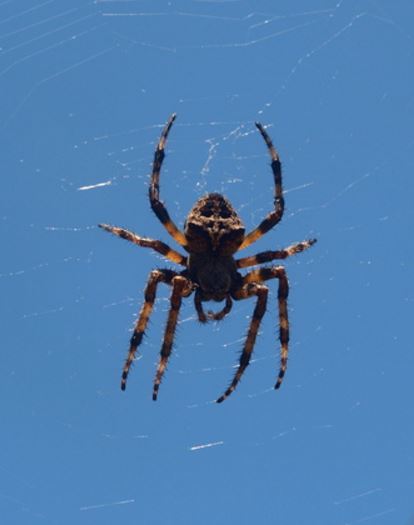 Spiders and insects are both arthropods. They have jointed legs. The group of arthropods also includes crustaceans, such as crabs.
Spiders and insects are both arthropods. They have jointed legs. The group of arthropods also includes crustaceans, such as crabs. Spiders have eight legs, whereas insects have six legs.
Spiders are predators. They mainly eat insects. Some spider species weave webs in order to catch flying insects.
All spiders are capable of biting. Spiders paralyze their prey with poison.
Insects
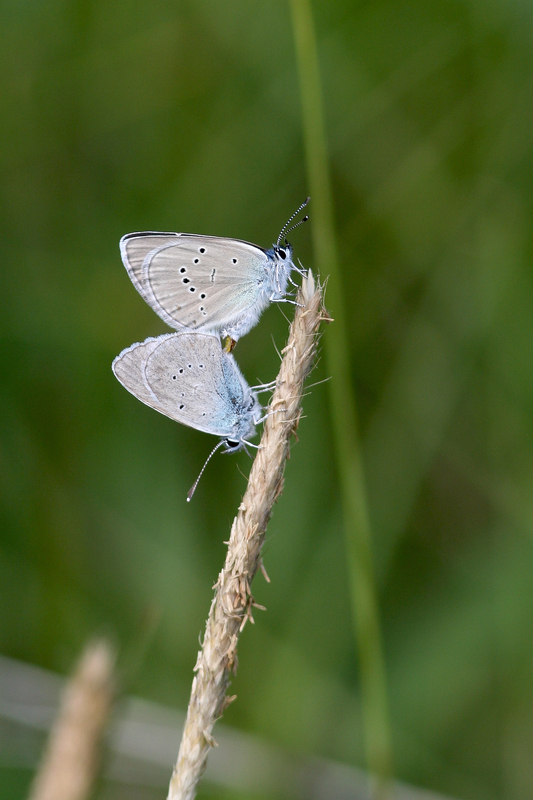 Insects are a large group of organisms. They can be found almost everywhere. Insects favor hot and humid environments, which is why tropical rainforests are full of them.
Insects are a large group of organisms. They can be found almost everywhere. Insects favor hot and humid environments, which is why tropical rainforests are full of them.All insects share the following characteristics:
- six legs
- three body parts: a head, a thorax and an abdomen.
- multiple pairs of eyes
- wings
- hard, external supporting structure
- metamorphosis: egg - larva - (pupa) - adult
- cold-blooded or poikilothermic
- butterflies
- dragonflies
- beetles
- flies
- hymenopterans (e.g. bees and ants)
Different kinds of insects
Terminology
| Term | Explanation |
|---|---|
| species | A group of organisms that contains individuals that look similar, have similar structures and can reproduce with one another. |
| invertebrate | An animal that does not have an internal supporting structure or a skeleton. |
